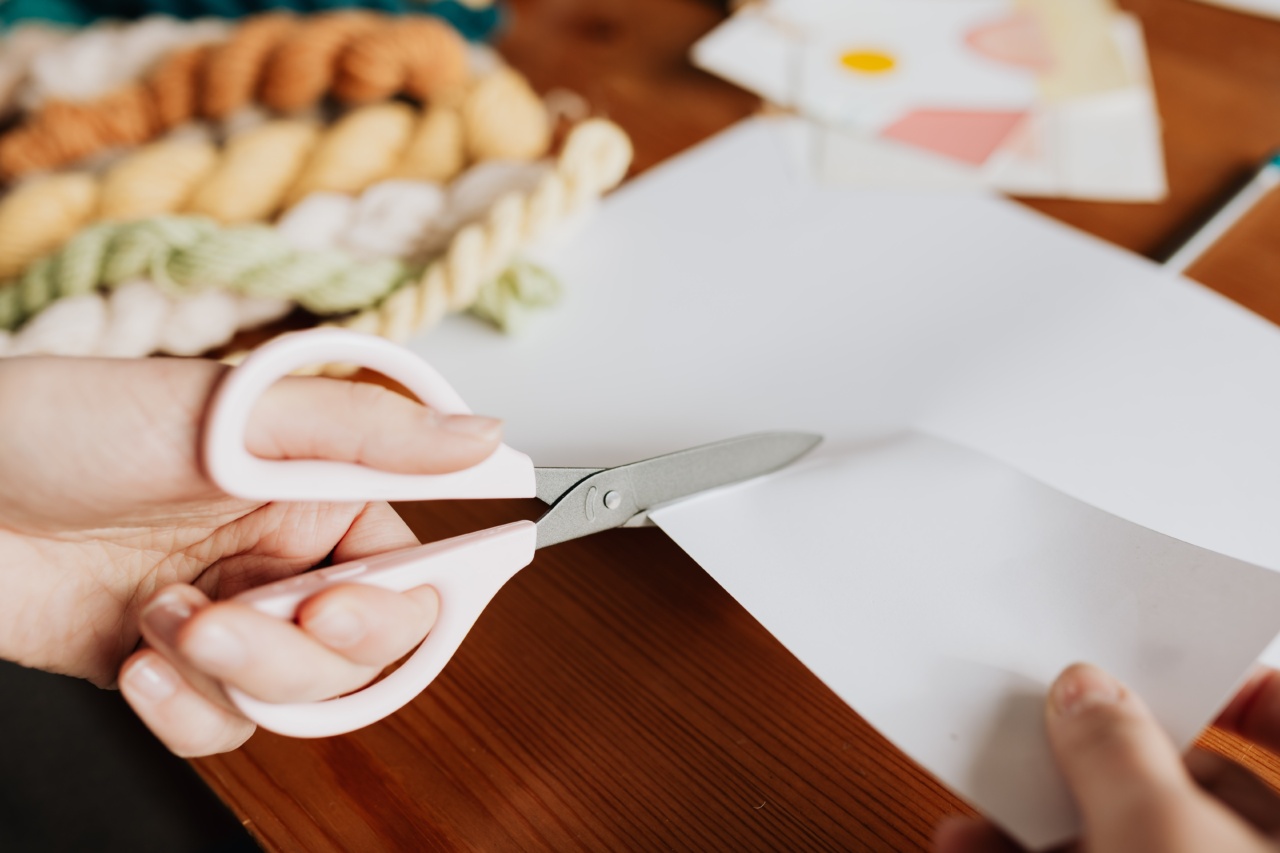Ageing is an inevitable process that we all go through. As we age, we experience several physical changes which makes us more prone to injuries and accidents. One such injury is cuts.
The cuts we make as we age are different than the ones we would have made in our younger days. In this article, we will dive deeper into why this happens and how we can prevent them.
Why Are The Cuts We Make As We Age Different?
As we age, our skin becomes thinner and loses elasticity. Our skin also becomes more fragile, making it more prone to cuts and bruises. The subcutaneous layer, which is the fatty layer beneath the skin, also becomes thinner.
This layer helps to cushion the bones and protect the organs. However, as it thins, it loses its ability to absorb shock and protect the body, making us more vulnerable to injuries.
Another factor that contributes to the cuts we make as we age is the decrease in blood circulation. Blood carries oxygen and nutrients to the skin, helping to repair and maintain the tissues.
As we age, the blood vessels become less efficient in transporting blood to the skin, leading to slower wound healing and increased susceptibility to infections.
Finally, older individuals tend to have weaker immune systems. The immune system is responsible for fighting off infection and promoting wound healing.
As we age, the immune system becomes less effective, making it harder to fight off infections and heal cuts.
Where Do Older Adults commonly get Cuts?
Older adults can get cuts anywhere on the body, but there are a few areas that are more susceptible to injury. One of these areas is the feet.
As we age, our feet undergo several changes, including a loss of cushioning fat, reduced foot strength and flexibility and neuropathy. These changes can cause balance and mobility issues and make falls more likely, which can lead to cuts or lacerations.
Another area where older adults are prone to getting cuts is the hands. Aging leads to a decreased sense of touch, making it harder to detect sharp objects and rough surfaces.
This, combined with weakened grip strength, can cause slips or accidental injuries when handling sharp objects or machinery.
How Can We Prevent Cuts as We Age?
There are several ways to prevent cuts as we age. One of the most important things we can do is to maintain a healthy lifestyle.
This includes eating a balanced diet, staying physically active, getting enough sleep, and avoiding smoking and excessive alcohol consumption. All of these factors can help to improve skin health and reduce the risk of falls or other types of accidents.
Another way to prevent cuts is to maintain good foot and hand care. For feet, this includes wearing proper footwear, keeping the toes and nails clean and dry, and inspecting the feet daily for any signs of injury or cuts.
For hands, it involves using gloves when handling sharp objects or machinery, keeping the skin moisturized, and keeping the hands steady when using cutting tools.
Lastly, prevention also involves making modifications to the home environment.
Older adults should remove clutter or objects that can cause falls or accidents, install safety devices like grab bars or handrails, and properly install and maintain equipment like stove burners or steam irons.
Conclusion
In summary, the cuts we make as we age are different than the ones we make in our younger days. Aging leads to changes in our skin and other bodily functions that cause increased vulnerability to cuts and injuries.
To prevent cuts, older adults can maintain a healthy lifestyle, practice good hand and foot care, and make necessary modifications to their living environment. Taking these steps can help older adults maintain their independence, reduce the risk of injury, and enjoy a safer, more fulfilling life.































